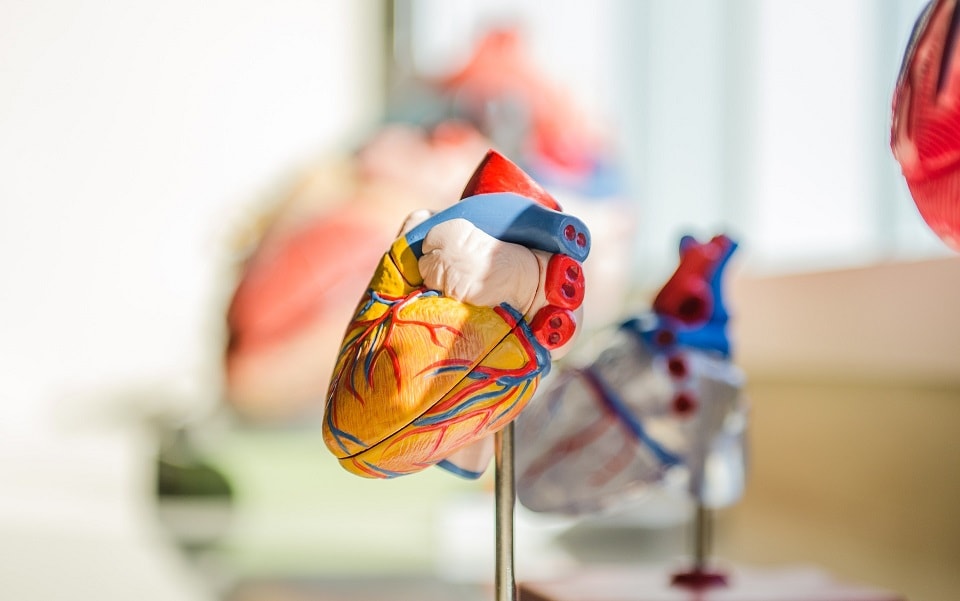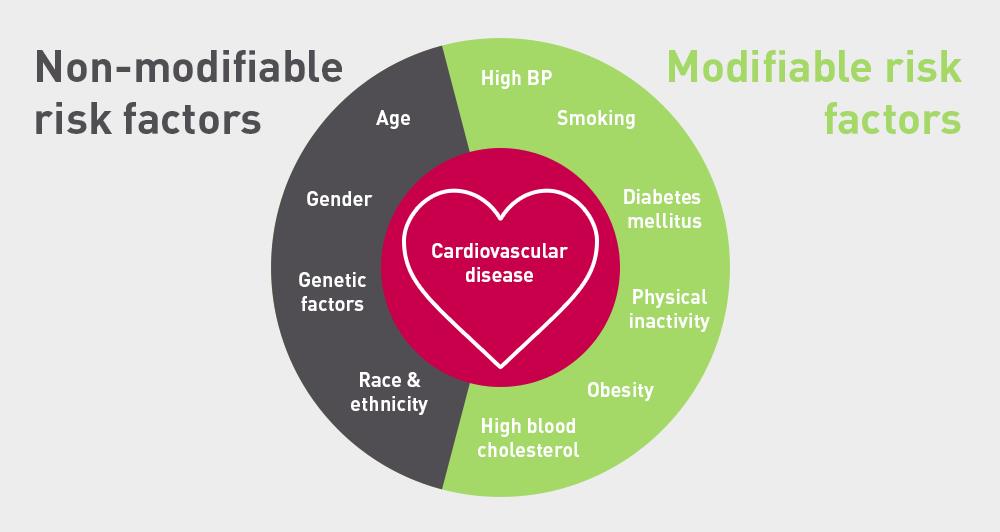Cardiovascular diseases have been the leading cause of morbidity and mortality in Malaysia for more than a decade. Furthermore, data from the 2013 National Cardiovascular Disease Database indicated that the mean age at which Malaysians developed heart attacks was 58.5 years. This is much younger than that reported in Thailand (63.5) and Singapore (68.3). Heart attack or myocardial infarction, results from the sudden blockage of a blood vessel (coronary artery) that supplies oxygen-rich blood to the heart muscle. This results in muscle death and thus a weakening of the heart’s pump function. Most alarmingly in up to 50% of cases, the heart will stop suddenly due to rhythm abnormalities causing sudden death.
The principle cause of heart attack is a complex inflammatory process called atherosclerosis. This gives rise to the formation of plaques consisting of cholesterol and other materials, which can cause the lining of the coronary artery to narrow or even rupture inwards. This process coupled with its resultant effects is termed coronary artery disease; the No.1 worldwide health problem. The risk factors for developing coronary artery disease can be divided into 2 groups; modifiable and non-modifiable.
Based on a recent study called INTERHEART, the modifiable risk factors were present in 80% of all cases of myocardial infarction. As the name suggests, these risk factors can be identified through early medical screening and optimally managed by lifestyle and drug treatment. These measures have been shown to reduce the prevalence of this disease in many parts of the world.









